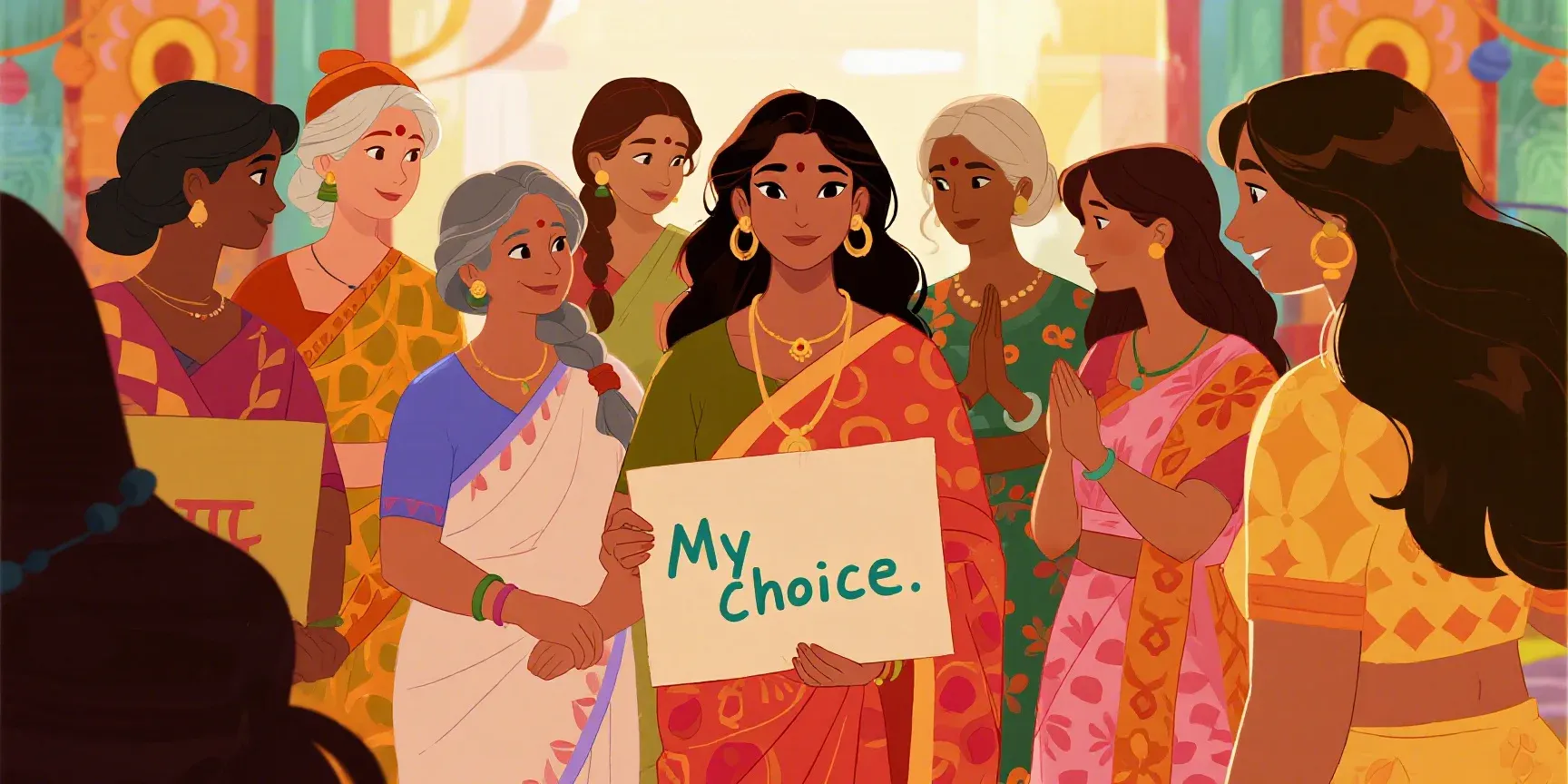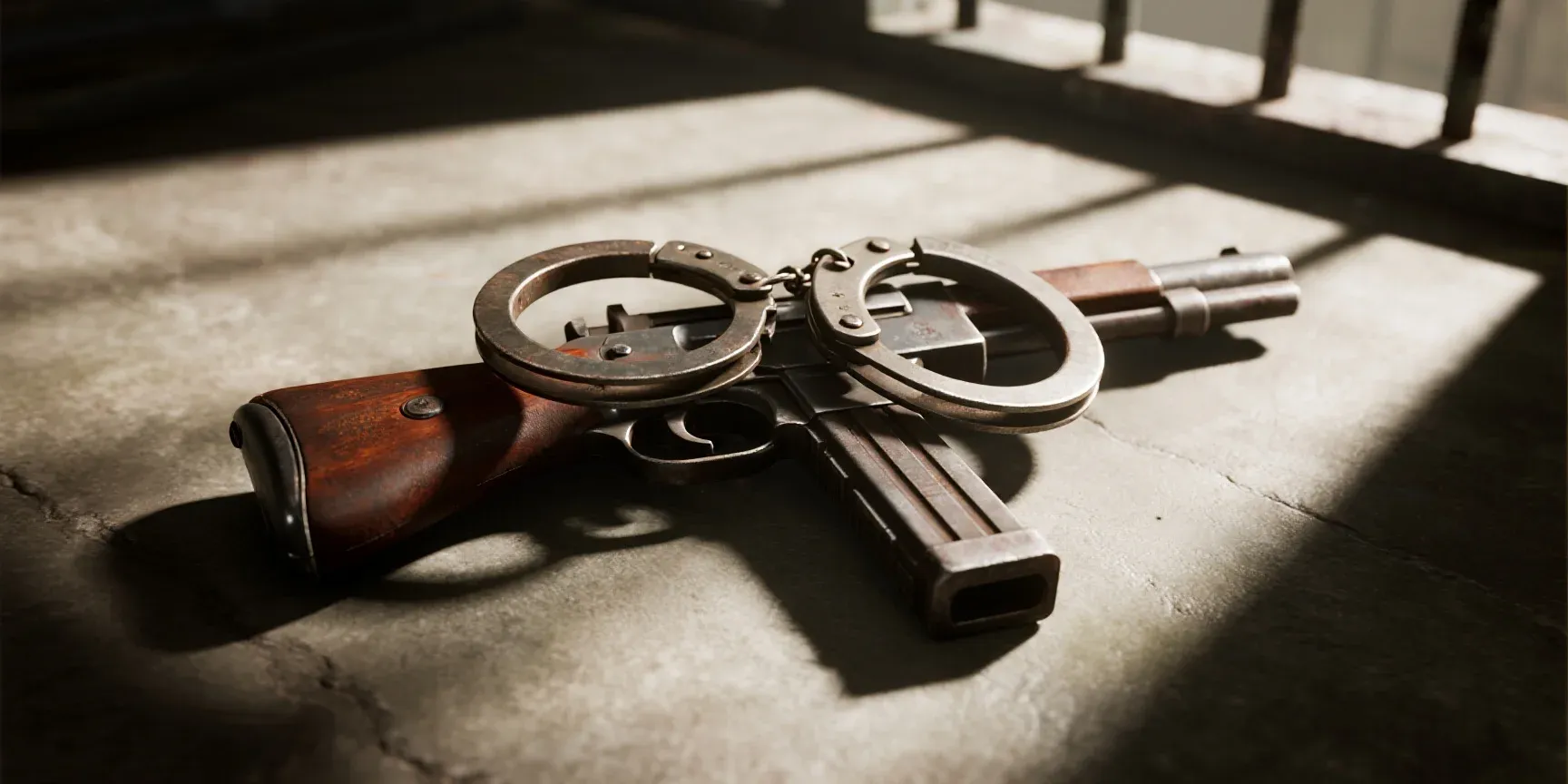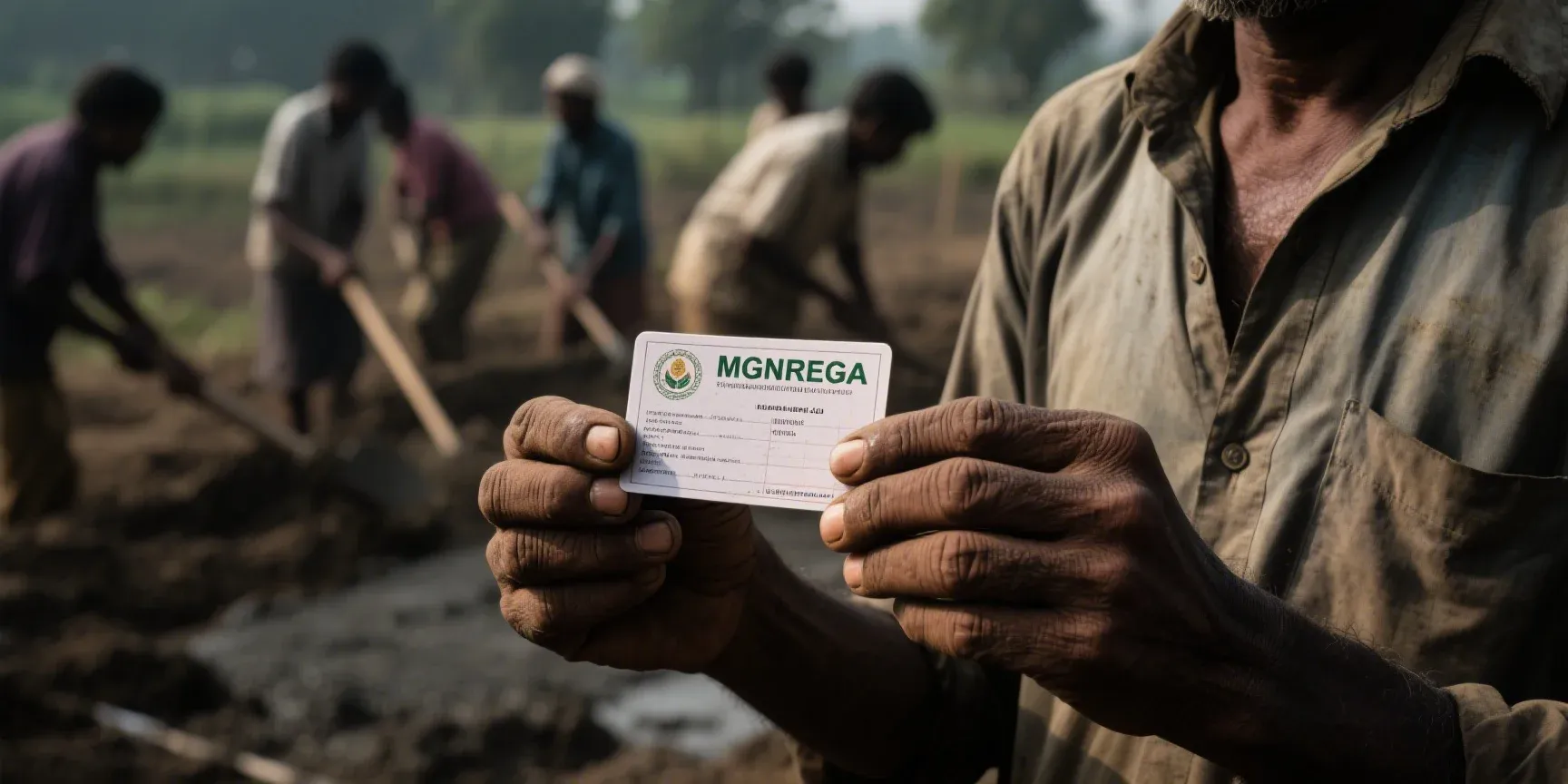
The POCSO Act, 2012: A Comprehensive Guide to India's Law Against Child Sexual Abuse - Full Form, Punishments, and Landmark Cases
Understand the POCSO Act, 2012, with our complete guide covering its full form, strict punishments for offences, key provisions, and the legal process of a POCSO case under India's critical law protecting children from sexual abuse.
In a nation that is home to one of the world’s largest child populations, ensuring their safety and well-being is a paramount constitutional and moral imperative. Recognizing the escalating threats of child sexual abuse and exploitation, the Indian Parliament enacted a landmark piece of legislation: The Protection of Children from Sexual Offences (POCSO) Act, 2012. This comprehensive and progressive law, which came into force on November 14, 2012, represents a monumental step forward in India’s child protection policies. It was created to provide a robust legal framework that not only defines and punishes heinous crimes against children but, more importantly, establishes a child-friendly judicial system designed to protect the victim’s dignity and prevent re-traumatization at every step.
This article provides a deep dive into the POCSO Act, exploring its foundational principles, the specific offences it covers, the stringent punishments it prescribes, the intricate procedural safeguards it mandates, and the pivotal role of the Indian judiciary in interpreting and strengthening this vital law.
Chapter 1: Understanding the Basics: What is the POCSO Act?
To fully grasp the significance of the POCSO Act, it is essential to understand its core tenets, from its full form and primary objectives to its gender-neutral application.
POCSO Full Form and Primary Objective
A common query is about the POCSO full form. POCSO is an acronym for The Protection of Children from Sexual Offences Act, 2012. Its primary objective is explicitly stated in its preamble: to protect children from the offences of sexual assault, sexual harassment, and pornography, and to establish Special Courts for the speedy trial of such cases. The Act aims to safeguard the interests and well-being of the child throughout the entire judicial process by incorporating child-friendly mechanisms for reporting, investigation, and trial.
The Definition of a ‘Child’
The Act provides a clear and unambiguous definition of a ‘child’. Under Section 2(1)(d) of the POCSO Act, a ‘child’ is defined as any person below the age of eighteen years. This definition is absolute and is based on biological age, ensuring that all individuals under 18, regardless of their physical or mental development, are protected under its provisions.
The Gender-Neutral Nature of the Act
A key feature that distinguishes the POCSO Act is its gender-neutral nature. The protections afforded by the Act extend to all children, whether they are boys, girls, or of any other gender. Similarly, the Act holds perpetrators accountable irrespective of their gender. Both men and women can be punished for committing an offence under this law. The Supreme Court of India has unequivocally affirmed that the POCSO Act is a gender-neutral legislation, a principle that sets it apart from previous laws which often did not recognize that boys could also be victims of sexual abuse.
Chapter 2: A Deep Dive into Offences and Punishments under the POCSO Act
The POCSO Act meticulously categorizes sexual offences against children based on the severity and nature of the act, prescribing graded and stringent punishments for each. The 2019 amendment to the Act further enhanced these punishments to act as a stronger deterrent.
Penetrative Sexual Assault (Section 3 & 4)
This is one of the most serious offences defined under the Act.
Definition (Section 3): Penetrative sexual assault involves acts where a person:
- Penetrates their penis to any extent into the vagina, mouth, urethra, or anus of a child.
- Makes a child perform the above act on them or any other person.
- Inserts any object or any part of the body (other than the penis) into the vagina, urethra, or anus of a child.
- Manipulates any part of the child’s body to cause such penetration.
- Applies their mouth to the penis, vagina, anus, or urethra of the child.
Punishment (Section 4):
- For victims above 16 years: Rigorous imprisonment for a term not less than ten years, which may extend to life imprisonment, along with a fine.
- For victims below 16 years: Following the 2019 amendment, the punishment is more severe: rigorous imprisonment for a term not less than twenty years, which may extend to imprisonment for the remainder of the person’s natural life, and a fine. The fine imposed must be reasonable and is intended to be paid to the victim to cover medical and rehabilitation expenses.
Aggravated Penetrative Sexual Assault (Section 5 & 6)
The Act recognizes certain circumstances that make the crime even more heinous. These are classified as ‘aggravated’ offences.
Aggravating Circumstances (Section 5): The offence is considered “aggravated” if the perpetrator is:
- A police officer, member of the armed forces, or any public servant.
- Staff or management of a jail, hospital, educational institution, or any place of care and protection.
- A relative, guardian, or person in a position of trust or authority over the child. The offence is also aggravated if it involves a gang assault, is committed on a child with a mental or physical disability, is a repeated offence, causes pregnancy, or is committed on a child below twelve years of age, among other specified situations.
Punishment (Section 6): For aggravated penetrative sexual assault, the punishment is rigorous imprisonment for a term not less than twenty years, which may extend to imprisonment for the remainder of the perpetrator’s natural life, and a fine. The 2019 amendment also introduced the death penalty as a possible punishment for this offence.
Sexual Assault (Section 7 & 8)
This category covers acts of sexual touching that do not involve penetration.
Definition (Section 7): Sexual assault occurs when someone, with sexual intent:
- Touches the vagina, penis, anus, or breast of a child.
- Makes a child touch these parts of the perpetrator or another person.
- Engages in any other act involving physical contact without penetration.
Punishment (Section 8): The punishment for sexual assault is imprisonment for a term of not less than three years, which may extend to five years, and a fine.
Aggravated Sexual Assault (Section 9 & 10)
Similar to penetrative sexual assault, this offence becomes “aggravated” under specific circumstances.
Aggravating Circumstances (Section 9): The aggravating factors are similar to those listed under Section 5, such as the perpetrator’s position of trust or authority, the child’s vulnerability due to disability, or the crime being a repeated offence.
Punishment (Section 10): The punishment is rigorous imprisonment for a term of not less than five years, which may extend to seven years, and a fine.
Sexual Harassment (Section 11 & 12)
The Act also criminalizes non-contact forms of sexual abuse.
Definition (Section 11): Sexual harassment includes:
- Uttering words, making sounds or gestures with sexual intent that are meant to be seen or heard by the child.
- Showing any object or body part to a child with sexual intent.
- Repeatedly following, watching, or contacting a child (stalking), either physically or online.
- Threatening to use depictions of the child in a sexual manner.
Punishment (Section 12): The punishment is imprisonment for a term that may extend to three years, along with a fine.
Use of a Child for Pornographic Purposes (Section 13, 14 & 15)
The POCSO Act takes a strong stance against the creation and dissemination of child pornography.
Definition (Section 13): This offence involves using a child in any form of media for sexual gratification. This includes any representation of a child’s sexual organs, showing a child engaged in real or simulated sexual acts, or any other indecent representation.
Punishment (Section 14 & 15): The punishments are tiered:
- Using a child for pornography (Section 14): A first-time conviction carries imprisonment of not less than five years and a fine. A subsequent conviction carries imprisonment of not less than seven years and a fine.
- Storing or possessing child pornographic material (Section 15): Even possessing such material is an offence. Storing it for commercial purposes carries a sentence of three to five years for a first conviction. Failing to report or delete such material is also punishable by a fine.
Chapter 3: The Child-Friendly Judicial Process: Procedural Safeguards
Perhaps the most revolutionary aspect of the POCSO Act is its detailed and mandatory set of procedural safeguards designed to protect the child from further trauma during the legal process.
Reporting the Offence (Section 19)
- Mandatory Reporting: The Act makes it mandatory for any person (including parents, teachers, doctors, or any concerned citizen) who has knowledge or even an apprehension that a POCSO offence is likely to be committed or has been committed, to report it to the Special Juvenile Police Unit (SJPU) or the local police. Failure to report is a punishable offence.
- Child-Friendly Recording: When a child reports an offence, the police must record it in a language the child understands. If needed, a translator or interpreter must be provided.
The Investigation Phase: Protecting the Child Victim
The Act lays down strict rules for how the police must interact with the child victim to ensure their comfort and safety.
-
Recording the Child’s Statement (Section 24, 25, 26):
- The statement must be recorded at the child’s residence or a place of their choice, not at the police station.
- The recording must be done, as far as practicable, by a woman police officer not below the rank of sub-inspector.
- The police officer must not be in uniform during the recording.
- The child must not be brought into contact with the accused at any point during the investigation.
- No child can be detained at a police station overnight.
- The statement recorded before a Magistrate must be in the child’s own words, and the presence of parents or a trusted person is required. Audio-video means should be used where possible.
-
Medical Examination (Section 27):
- The medical examination of a child must be conducted in the presence of their parents or another person they trust.
- If the victim is a girl, the examination must be conducted by a woman doctor.
The Trial Phase: Ensuring a Safe and Speedy Trial
The procedures within the courtroom are also designed to be child-centric.
- Special Courts and Prosecutors (Section 28 & 32): The Act mandates the establishment of Special Courts in each district to ensure speedy trials for POCSO cases. These courts are presided over by trained judges and have dedicated Special Public Prosecutors.
- Protecting the Child’s Identity (Section 23 & 33(7)): The identity of the child victim must not be disclosed at any time during the investigation or trial. This includes their name, family details, school, or neighborhood. Media is strictly prohibited from publishing any information that could lead to the identification of the child.
- In-Camera and Child-Friendly Atmosphere (Section 33, 36, 37):
- Trials must be conducted in-camera, meaning in private and not in an open court accessible to the public.
- The court must ensure the child is not directly exposed to the accused during testimony. This can be achieved by using screens, single-visibility mirrors, or video conferencing.
- The judge is empowered to prevent aggressive questioning or character assassination of the child and must ensure the child is treated with dignity.
- Frequent breaks are permitted for the child during the trial.
- Speedy Trial Mandate (Section 35): The Act stipulates that the child’s evidence should be recorded within 30 days of the court taking cognizance, and the trial should be completed, as far as possible, within one year.
Chapter 4: Landmark Judgments: How the Supreme Court has Shaped the POCSO Act
India’s higher judiciary has played a crucial role in interpreting and reinforcing the provisions of the POCSO Act, ensuring its legislative intent is translated into effective justice.
No Compromise in Heinous Crimes: State of Madhya Pradesh v. Madanlal (2015)
In this significant ruling, the Supreme Court addressed the issue of compromises in sexual offence cases. The Court held that rape and other serious sexual offences are crimes against society, not merely private disputes between individuals. It explicitly stated that a compromise or settlement between the accused and the victim’s family cannot be a factor in awarding a lesser punishment or settling the case. This principle is fundamentally important for POCSO cases, as it prevents perpetrators from escaping justice by pressuring or inducing the victim’s family into a compromise, thereby upholding the non-compoundable nature of these grave offences.
The Myth of Child Consent and the Criminalization of Marital Rape of a Minor: Independent Thought v. Union of India (2017)
This landmark judgment dealt with two critical aspects of child protection.
- Irrelevance of a Child’s ‘Consent’: The Supreme Court unequivocally held that any person below the age of 18 is legally incapable of giving valid consent for sexual acts. This ruling eliminated any ambiguity, establishing that the defense of “consent” is completely irrelevant in a POCSO case.
- Marital Rape of a Minor Wife: The Court addressed a glaring legal anomaly where Exception 2 to Section 375 of the Indian Penal Code (IPC) protected a husband from rape charges if his wife was between 15 and 18 years old. The Supreme Court effectively struck down this exception, ruling that sexual intercourse by a man with his own wife, if she is under 18 years of age, constitutes a sexual offence under the POCSO Act. The Court affirmed that the POCSO Act, being a special law for children, would prevail over the general provisions of the IPC.
Reinforcing Procedural Integrity: Alakh Alok Srivastava v. Union of India (2018)
In this case, the Supreme Court took stock of the implementation of the POCSO Act across the country. The Court expressed concern over delays in trials and inconsistent application of the Act’s child-friendly procedures. It issued a series of directives to all High Courts and Director Generals of Police to ensure strict and uniform adherence to the procedural safeguards laid out in the Act. This included monitoring the functioning of Special Courts, ensuring speedy trials, and mandating training for judicial officers and police personnel on child protection. The judgment underscored that the child-friendly procedures are not optional but are mandatory requirements to ensure justice is delivered in a manner that protects the child’s well-being.
Conclusion
The Protection of Children from Sexual Offences (POCSO) Act, 2012, stands as a powerful and progressive legal shield for India’s children. It is a meticulously crafted legislation that goes beyond mere punishment, creating a holistic ecosystem focused on the child’s welfare. With its clear definitions, gender-neutral application, stringent punishments, and above all, its elaborate and mandatory child-friendly procedures, the Act represents a paradigm shift in India’s approach to tackling child sexual abuse.
The robust interpretations and directives from the judiciary have further fortified its foundations, ensuring that the best interests of the child remain the paramount consideration. While challenges in implementation and awareness persist, the POCSO Act is an undeniable testament to India’s commitment to protecting its most vulnerable citizens and ensuring that every child has the right to a safe, dignified, and healthy childhood. The effective enforcement of this law is a collective responsibility, crucial for building a safer future for generations to come.
Frequently Asked Questions (FAQs)
Q1: What is the full form of POCSO? The full form of POCSO is The Protection of Children from Sexual Offences Act, 2012. It is a comprehensive Indian law designed to protect children from sexual abuse and exploitation.
Q2: What is the main punishment under Section 4 of the POCSO Act? Section 4 deals with the punishment for penetrative sexual assault. The punishment is a minimum of ten years of rigorous imprisonment, which can extend to life imprisonment, along with a fine. If the victim is below 16 years of age, the minimum punishment is increased to twenty years, which can extend to imprisonment for the rest of the person’s natural life.
Q3: Is the POCSO Act applicable to boys? Yes, the POCSO Act is a gender-neutral law. It protects all children under the age of 18, regardless of their gender, and applies to perpetrators of any gender.
Q4: Can a POCSO case be settled out of court? No. Offences under the POCSO Act are non-compoundable, meaning they cannot be settled or compromised between the parties out of court. The Supreme Court has affirmed that these are serious crimes against society.
Q5: What is the age limit for a ‘child’ under the POCSO Act? Under the POCSO Act, a ‘child’ is legally defined as any person below the age of eighteen years.


